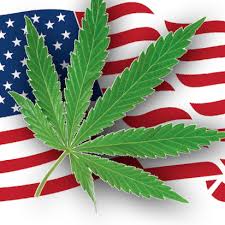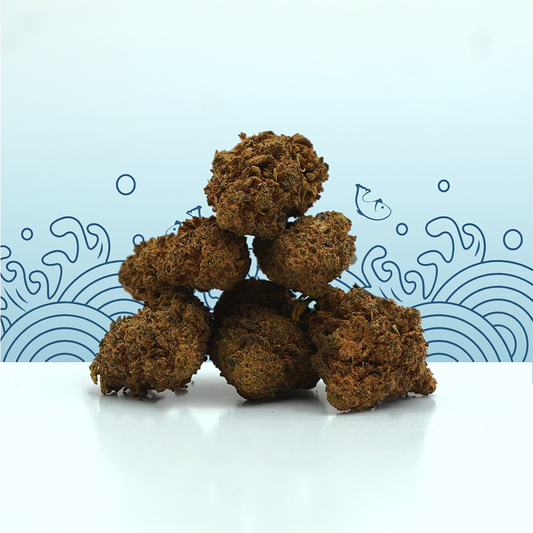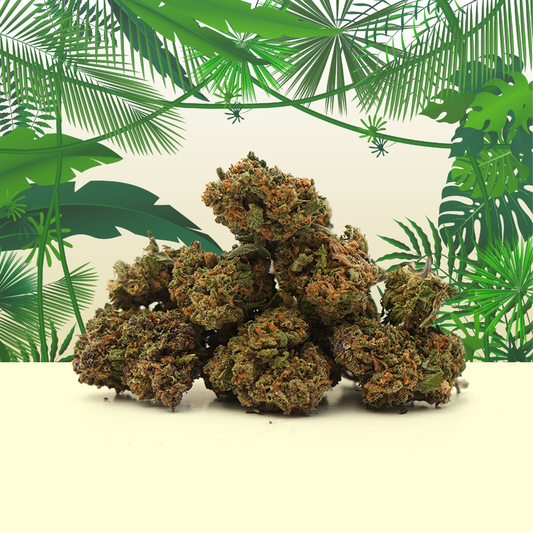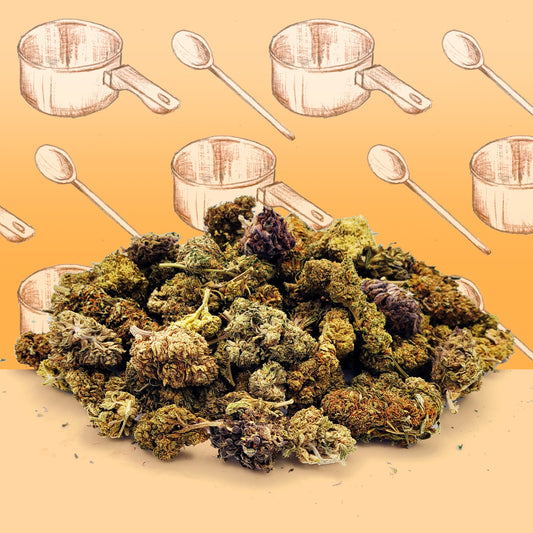On December 20, 2018, U.S. President Donald Trump signed into law the Farm Billmaking industrial hemp with a THC content of less than 0.3% legal at federal level.
This decision follows the adoption of cannabis-friendly regulations in pioneering states such as California and Colorado. In recent years, these pioneering states have authorized both thetherapeutic and recreationaluse of hemp.
Hemp and its derivatives are now allowed to circulate freely in the United States at federal level, just like any other agricultural product.
The Transportation Security Administrationthe authority responsible for air transport safety in the United States, has even authorized the possession and transport of hemp flowers and CBD-containing products on domestic flights.
Once the source of cannabis prohibition, the United States has become a pioneer in hemp production and consumption, at Europe's expense.
The legalization of hemp at federal level has rapidly led to very strong growth in its production. The amount of land dedicated to hemp quadrupled between 2018 and 2019. According to the Hemp Cultivation Landscapea recently published scientific report, hemp cultivation is set to grow by a further 75% over the next four years, reaching one million hectares by 2023.
CBD-based products are becoming increasingly accessible and diverse. Ointments, candies, chocolates, drinks, teas, lubricating gels, oils, pills, suppositories - the list goes on and on, and we've lost count of the number of products blooming on the shelves of grocery stores, gas stations, pharmacies and stores of all kinds.

Franchises devoted exclusively to CBD-based products have even sprung up in just over a year, testifying to theextreme infatuation of Americans with CBD.
According to a 2019 Gallup survey, 14% of Americans consume CBD products. The study shows that a significant number of people use CBD products because of the benefits it provides.

Gallup's survey shows that 40% of CBD users cite pain relief as their main reason for using CBD.
Next come anxiety (20%), insomnia (11%), then arthritis (8%).
Photo credits: Ivan Aleksic & Merve Sehirli Nasir on Unsplash.




![Banana Cream CBG 🍌 [Greenhouse]](http://mamakana.com/cdn/shop/files/banana.jpg?v=1683038126&width=533)
![Bubba Kush CBD 🫧 [Greenhouse]](http://mamakana.com/cdn/shop/files/Bubba_fond_4b55b9bd-2083-406f-8843-1229994bb3ec.png?v=1738679473&width=533)




